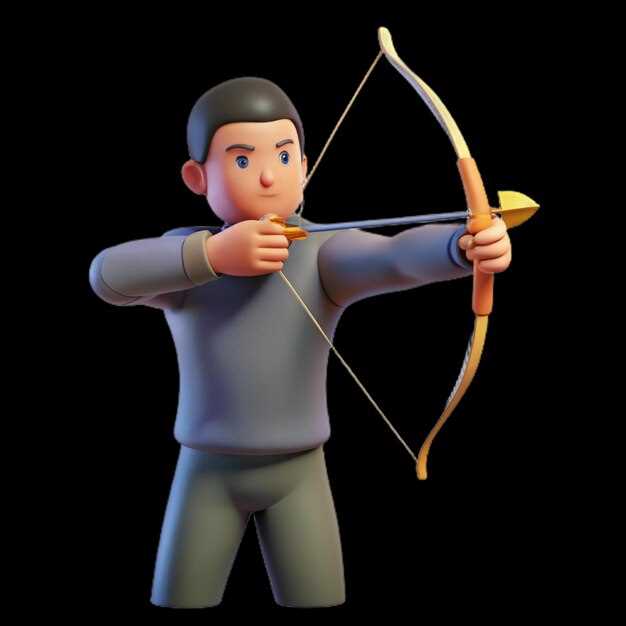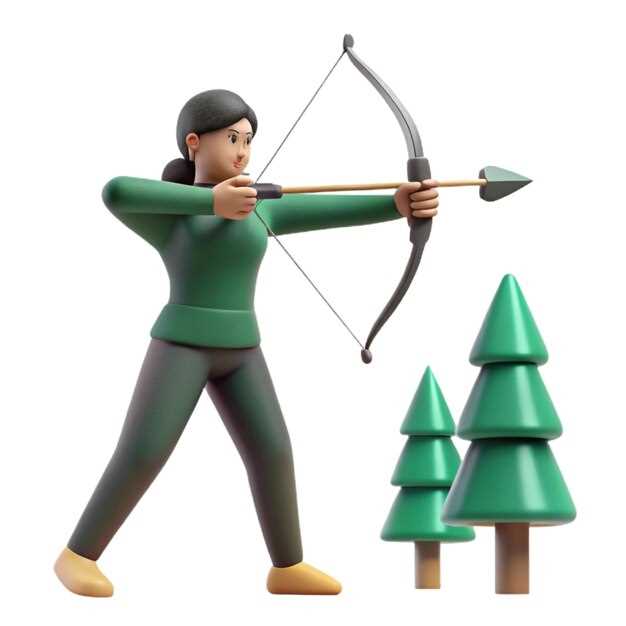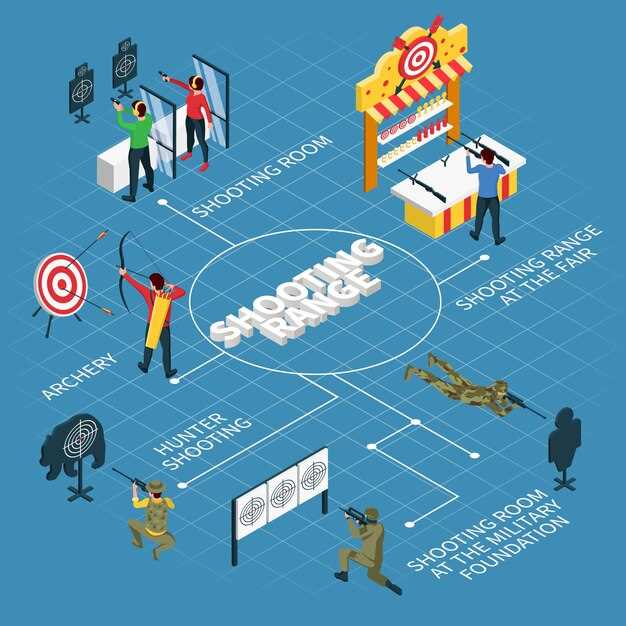
How to train for 3D archery competitions

3D archery is an exciting and challenging sport that combines precision, focus, and physical endurance. As participants traverse through diverse terrains, they face life-sized animal targets that require not just skill but also a well-rounded training regimen. Developing effective training strategies is crucial for archers aiming to enhance their performance and gain a competitive edge in 3D archery competitions.
Success in this demanding sport demands more than just hitting the bullseye. It requires a comprehensive approach that encompasses not only technical skills but also mental preparation and physical conditioning. Understanding the specific requirements of 3D archery allows archers to tailor their training programs to address unique challenges, enhancing both accuracy and consistency in their shooting.
This article will explore various training strategies that can lead to success in 3D archery competitions. By focusing on technique, visualization, and physical fitness, archers can develop a robust skill set that prepares them for the intricacies of competitive shooting. Whether you are a novice or an experienced competitor, these insights will help you refine your practice and elevate your game to the next level.
Precision Practicing: Techniques for Improved Accuracy in 3D Shooting
To excel in 3D archery, precision practicing is essential. This approach focuses on refining skills that directly impact accuracy and consistency. Here are several techniques designed to enhance your 3D shooting performance.
1. Establish a Consistent Stance: Your stance is the foundation of good shooting. Ensure that your feet are shoulder-width apart and that your body is balanced. Experiment with different foot placements to find what feels most stable, as comfort can significantly influence your shot accuracy.
2. Focus on Anchor Points: Consistent anchor points are critical for reliable shooting. Always draw your bow to the same location on your face, whether it be your chin, mouth, or cheek. Use a mirror or video recording to analyze and ensure your anchor point remains unchanged during practice sessions.
3. Implement String Tension and Release Techniques: Analyze your release technique and focus on maintaining steady tension in the string. A gradual, smooth release will yield better results than a sudden drop. Practicing this technique creates muscle memory, which is vital in competitive scenarios.
4. Practice at Varying Distances: Consistency is key when shooting at different targets. Set up shots at various distances to simulate a real competition environment. Make sure to adjust your sight accordingly and practice estimating yardage, as 3D archery often involves distances that can be tricky.
5. Use Visualization Techniques: Mental preparation plays a significant role in success. Visualize each shot before taking it. Imagine the trajectory of the arrow hitting the target accurately. Visualization helps build confidence and can improve execution during competitions.
6. Record and Analyze Your Shots: Keep a record of your shots to identify patterns and areas that need improvement. Utilize technology such as apps for tracking your performance. Analysis allows you to make data-driven adjustments to your practice routine, enhancing your overall shooting accuracy.
7. Engage in Target Practice Under Realistic Conditions: Incorporate elements such as varying weather conditions, different terrains, and time constraints into your practice. This will help you adapt quickly during competitions, as 3D archery settings can be unpredictable.
By applying these precision practicing techniques, you will build the skills necessary for improved accuracy in 3D shooting. A focused approach, combined with consistent practice, can significantly enhance your performance in competitions.
Physical Conditioning: Building Endurance for Long Competition Days

In 3D archery competitions, success is heavily dependent on the physical conditioning of the archer. Long hours spent on the range can be exhausting, making endurance a critical component of training. Developing a solid foundation of stamina not only enhances performance but also contributes to mental fortitude during competition.
Cardiovascular Training is essential for endurance. Engaging in activities such as running, cycling, or swimming helps increase heart and lung capacity, enabling archers to maintain energy levels throughout the event. Aim for at least 30 minutes of moderate to intense cardio training three to four times a week to build a strong aerobic base.
Strength Training should not be overlooked. Focus on exercises that target the upper body, core, and legs, as these muscle groups are crucial for maintaining proper shooting form over long periods. Incorporating weightlifting, bodyweight exercises, and resistance training can improve muscle endurance. Schedule strength sessions two to three times a week, allowing adequate recovery time.
Flexibility and Mobility exercises play a vital role in overall physical conditioning. Incorporating yoga or dynamic stretching routines can enhance flexibility, reduce the risk of injury, and improve shooting posture. Allocate time each day for stretching to ensure that muscles are prepared for rigorous activity.
Nutrition is equally important for sustaining energy levels during long competition days. A balanced diet rich in carbohydrates, proteins, and healthy fats provides the fuel necessary for endurance. Staying hydrated is equally critical; drink plenty of water before, during, and after training sessions and competitions to maintain optimal performance.
Lastly, practical training that simulates competition conditions is beneficial. Practice extended shooting sessions, focusing on maintaining form and concentration while fatigued. This approach prepares both the body and mind for the realities of competition, ensuring that archers can perform at their best even during the longest days.
Mental Preparation: Strategies to Enhance Focus and Reduce Pressure

Mental preparation is a crucial component of archery training, particularly in high-stakes competitions like 3D archery. Developing strong mental strategies can significantly enhance focus and mitigate pressure. One effective approach is visualization. Spend time imagining yourself successfully navigating the course, executing perfect shots, and handling various environmental challenges. This mental rehearsal not only builds confidence but also prepares your mind for actual competition scenarios.
Another important strategy is mindfulness practice. Engaging in mindfulness exercises, such as meditation or deep breathing techniques, helps to center your thoughts and reduce anxiety. By focusing on the present moment, you can eliminate distractions that may arise during competition. Incorporating these practices into your regular training routine will bolster your ability to maintain concentration when it matters most.
Setting specific, achievable goals within your training can also enhance your mental game. Break down your overall performance objectives into smaller, manageable targets. This approach allows you to focus on incremental progress rather than overwhelming expectations, reducing pressure during events. Celebrate these small victories to reinforce your confidence and commitment to your archery training.
Additionally, developing a pre-competition routine can help create a sense of familiarity and comfort, reducing pre-event anxiety. This routine might include engaging in physical warm-ups, practicing specific mental exercises, or even listening to calming music. Consistency in these rituals fosters a positive mindset and sets a focused tone before stepping onto the competition field.
Finally, fostering a supportive team environment plays a key role in mental preparation. Surround yourself with fellow archers who provide constructive feedback and encouragement. Sharing experiences, challenges, and successes with peers not only boosts morale but also helps in managing stress levels. Cultivating a strong support network can significantly enhance your overall performance in 3D archery competitions.




